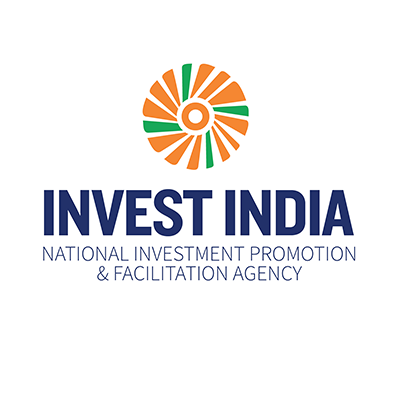Growth from India’s middle-class consumers

Prime Minister Narendra Modi has urged the Asian Infrastructure Investment Bank (AIIB) to raise its financing for projects in member countries to US$100 billion by 2025.
“With committed capital of US$100 billion and huge need for infrastructure in Member Countries, I take this opportunity to call upon AIIB to expand its financing from US$4 billion, to US$40 billion by 2020 and US$100 billion by 2025,” he told the Opening Session of AIIB’s Third Annual Meeting on 26 June 2018.
Modi underlined both India’s and AIIB’s strong commitment to making economic growth more inclusive and sustainable.
“In India, we are applying novel Public Private Partnership models, Infrastructure Debt Funds, and Infrastructure Investment Trusts to fund infrastructure,” he pointed out.
India is trying to develop brownfield assets as a separate asset class for infrastructure investment. Such assets, having passed the stages of land acquisition and environment and forest clearances, are relatively de-risked, he explained.
“Hence, for such assets, institutional investment from pension, insurance and sovereign wealth funds are likely to be more forthcoming,” the Prime Minister said.
He stressed that India has become an extremely low risk political economy from a foreign investor’s perspective, following economic reforms such as Goods and Services Tax.
The size and growth of the Indian market hold much more potential, especially the middle-class consumer base doubling over the next 10 years from 300 million.
The size and scale of requirement in India gives the added advantage of economies of scale for the investors, said the Prime Minister.
Over the five-year period of 2017-22, India will need US$750 billion for energy, transportation and urban development, added Finance Minister Piyush Goyal.
“We have budgeted infrastructure spending at US$90 billion for 2018-19. AIIB will be an important pillar in meeting this requirement,” Goyal said at the meeting.
Between now and 2030, Asia investment in infrastructure must rise to US$2 trillion a year, or roughly triple of what it has been in the past, according to AIIB President Jin Liqun.
“Asian developing countries now account for 60% of global growth, while roughly two-thirds of global trade is part of value-chains passing through Asia.
“Yet still today, 11% of Asia’s population remains in poverty,” noted Jin.
It is against this backdrop that AIIB was formed. Economic openness and investment in infrastructure drew Asia’s growth in previous stages. “Now, much more needs to be done to ensure the future continues to brighten for all of Asia,” Jin acknowledged.
“Solid global growth is crucial for our members to meet their objectives and an Open Trading System is a foundation of that global growth. I look forward to working with all of you towards this end,” he said.
Over 3,000 delegates from 86-member countries attended the meeting in Mumbai. fiinews.com









